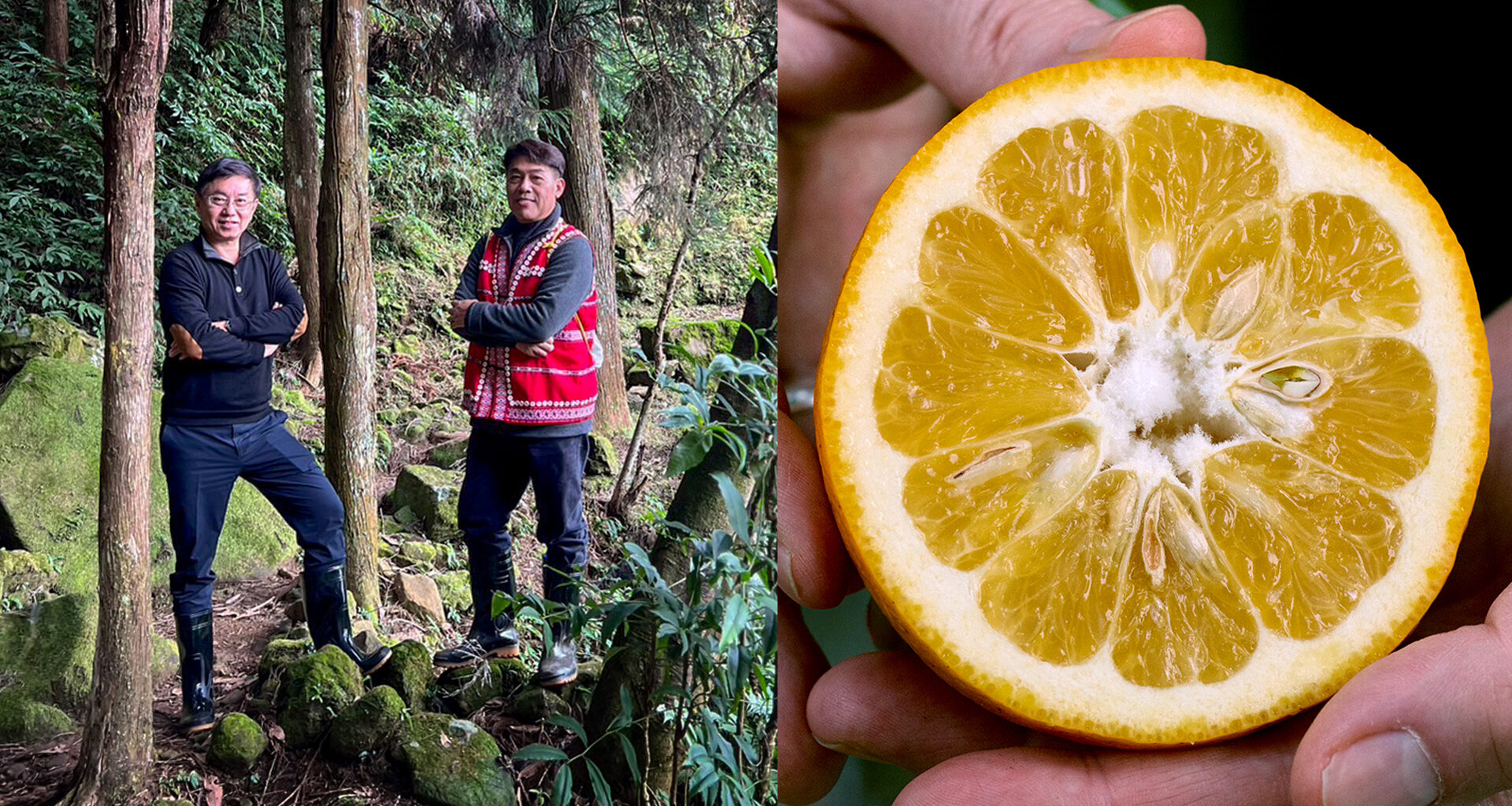The Restoration of Nanzhuang Citrus Taiwanica: a joint effort by Taiwan’s Hsinchu Branch Forestry Agency and the Saisiyat People.
Nanzhuang Citrus Taiwanica, an ancient variety of bitter orange native to the mountains of Nanzhuang in Miaoli County, Taiwan, has reached the point of extinction since it was first discovered growing in the forests by Japanese botanists in 1926. In the years since it’s discovery the numbers of trees in the wild have reached the point where the International Union for Conservation of Nature (IUCN), an international body that keeps check on the world’s biodiversity, listed Citrus Taiwanica on its Red List as a near-extinct plant in the wild.
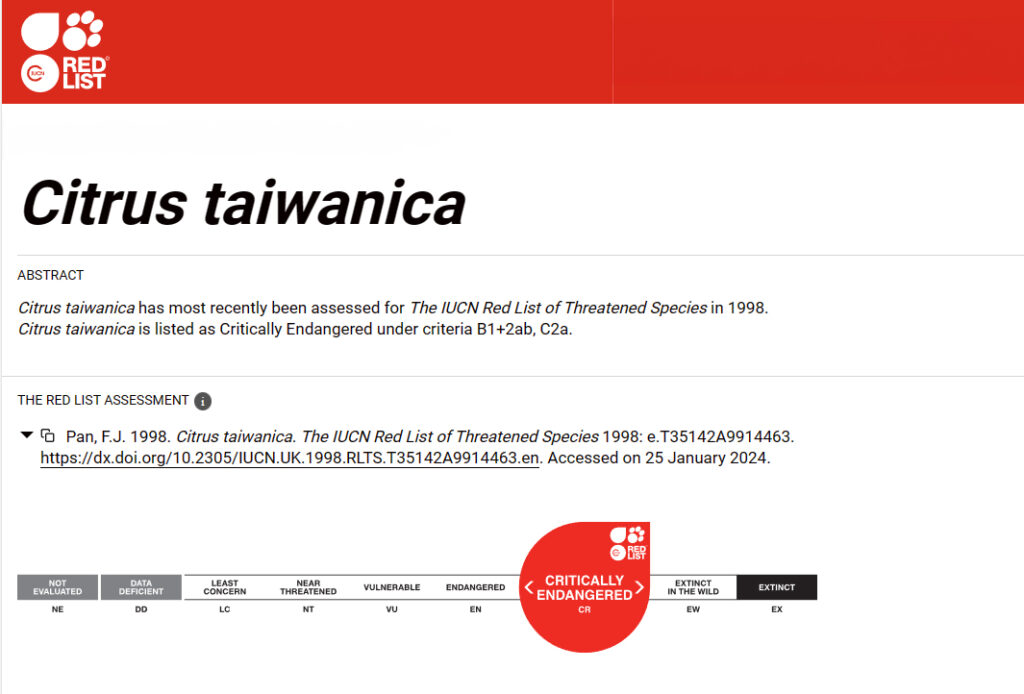
Why should you care? Well the issue of “biodiversity”, while the word sounds fancy and elite, affects everyone on earth. Biodiversity is a catchall word that describes how rich and diverse the plants and animals in a region are. All plants and animals, and us too, are dependent on each other, and even play our part in the structure of the earth we live on, the air we breathe. Think of the ecology of the earth like a huge complex game of Kerplunk – where you keep removing sticks until all the marbles collapse down, and the game is over – except this game is about life and death. I don’t want to over-hype this as the world is incredibly resilient and ever-changing. But it is also true that as more and more plants and animals become extinct, each one effectively a “stick” that is pulled from the ecosystem, there is likely to be a point where greater changes will lead to areas of collapse in the world, and for some the outcome will mean life or death.
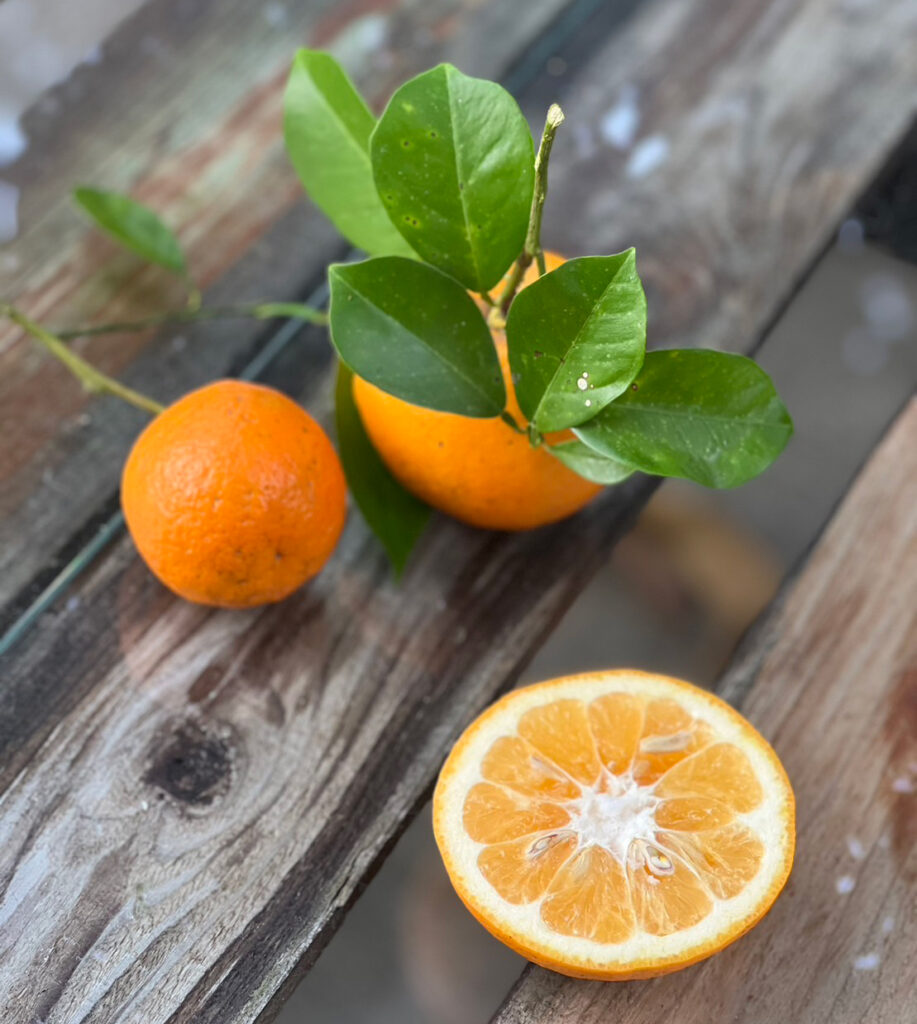
So in the case of Nanzhuang Citrus Taiwanica, the beautiful scented flowers and fruit provide nectar for insects, and leaves provide cover; insects that in turn are food for reptiles, spiders; and they in turn they feel larger animals like snakes, leopard cats, and so on. Combine that with the loss of trees for logging, the theft of ferns and rocks for the black market, and you could decimate the mountains within a decade. And this is happening in Taiwan, in most countries more or less.
So to reverse this, the Hsinchu Branch Taiwan’s Forestry and Nature Conservation Agency, a part of the Ministry of Agriculture in Taiwan, looked at this threat to Nanzhuang Citrus Taiwanica (alongside the threat to many plants and animals in Taiwan) to understand how they could help create a change that would be lasting and effective. And it was clear that the forestry stewardship – deciding who takes responsibility of the forest ecosystem – needed to be managed better. Just over 58% of Taiwan is covered in forests. Up until 2018 the stewardship was centralised within Taiwan’s government, a legacy of the approach taken by successive ruling powers that all in their own way wanted to put in place strict forestry management. But in each case the traditional inhabitants of the island – the aboriginal people of Taiwan – were left out of the discussion.
So in 2018 Taiwan’s Hsinchu Branch Forestry and Nature Conservation Agency aimed to rebuild the relationship with the aboriginal people and share the role of forest management. This would allow the aboriginal people back into the forests, while also benefiting for each tribe’s understanding of the landscape and characteristics of plants and animals from a tribal and spiritual perspective and well as their historic forest-farming practices.
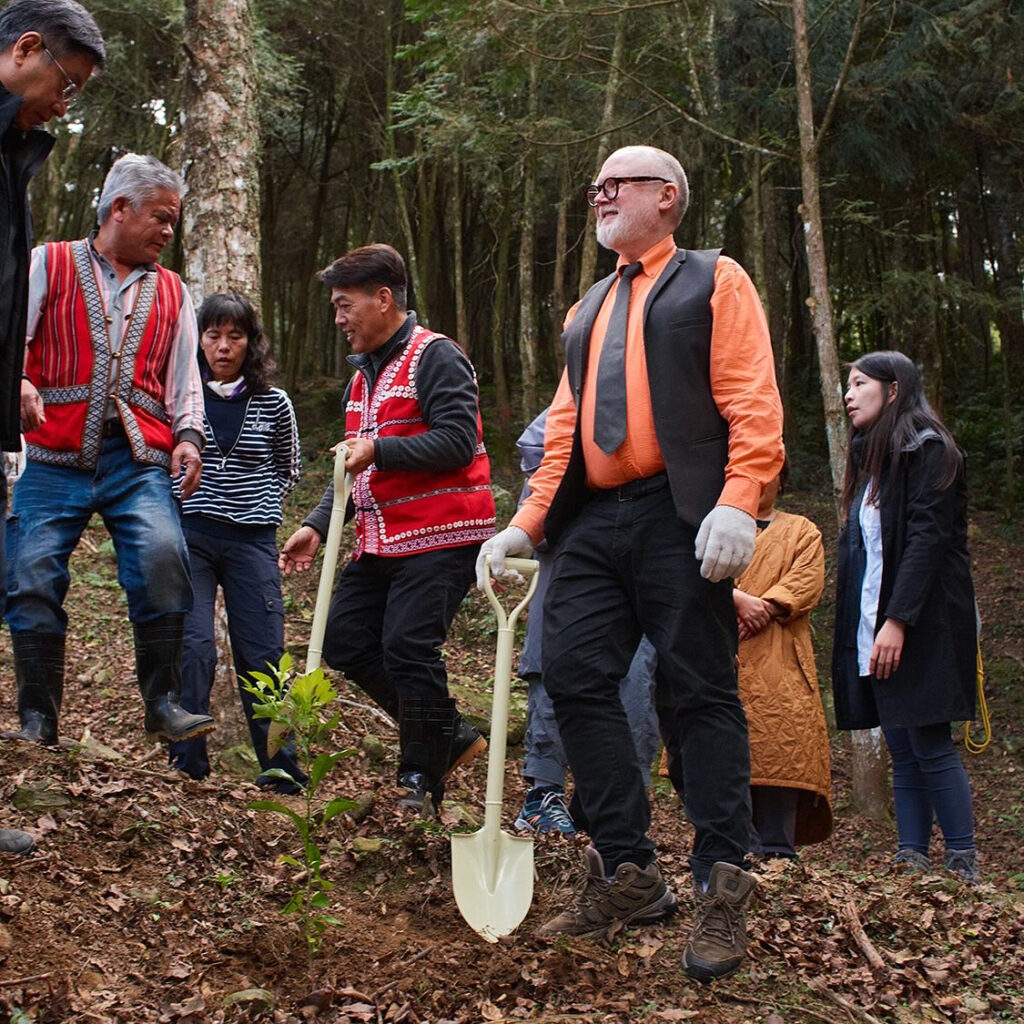
In the spring of 2020, seeds were planted from the Nanzhuang Citrus Taiwanica fruit harvested from a lone mature tree discovered in the Shishan Visitor Center of the Tri-Mountain National Scenic Park and Garden, in Emei Township, Hsinchu County, about a 30 minute drive from the forests of Nanzhuang Township, in Miaoli. It’s thought that this Nanzhuang Citrus Taiwanica tree exists only because of a previous attempt to save the oranges 20 years earlier, and the resulting seedlings ended up being distributed among the community. So far, this is the only known surviving Nanzhuang Citrus Taiwanica tree in the region.
So from the seeds planted in 2020 there are now 100 Nanzhuang Citrus Taiwanica seedlings about 70cm tall that are ready to be replanted in the forests of Nanzhuang. But what notable about the Hsinchu Branch Forestry and Nature Conservation Agency’s approach is that the placement and final planting will be under the control of the Saisiyat people, as a kind of spiritually-led ecology where the tribe will be free to plant the seedlings wherever in the forest that they feel is appropriate and in line with the memories and culture.
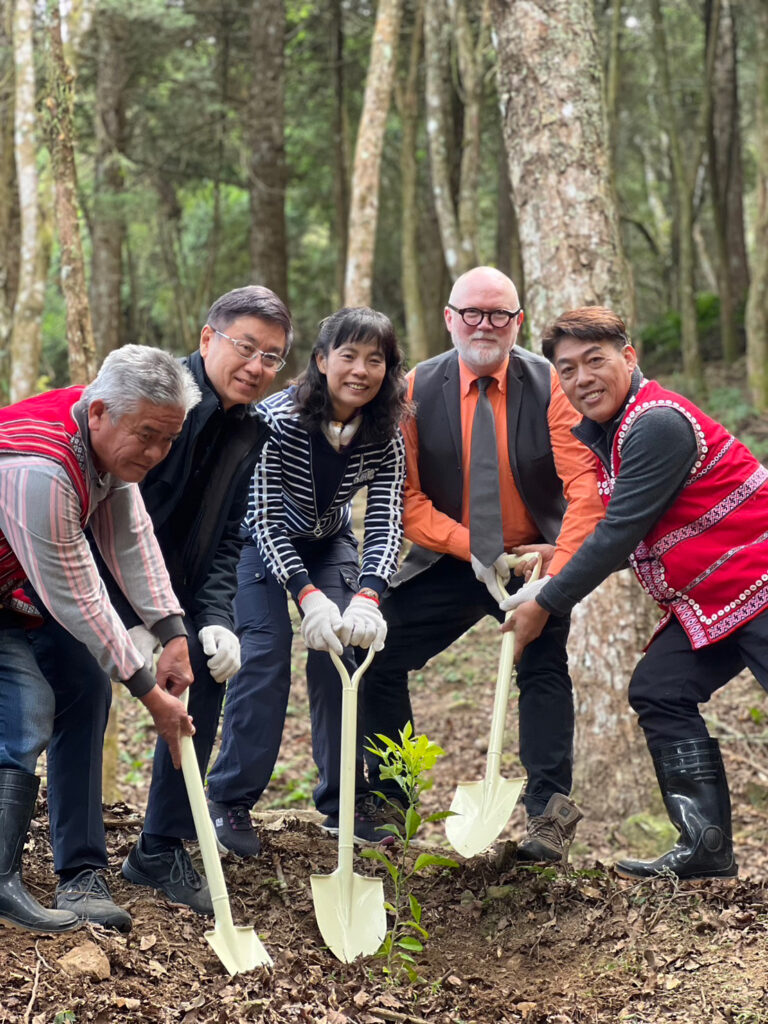
From this point Taiwan’s Hsinchu Branch Forestry and Nature Conservation Agency and the Saisiyat people are working together to see how best to commercialise the wood, flowers, fruit and leaves from the trees. The Hsinchu Branch Forestry and Nature Conservation Agency laboratories are studying all aspects of Nanzhuang Citrus Taiwanica to see what chemicals and substances can be utilised from it. It’s then possible that new Nanzhuang Citrus Taiwanica plantations can be established lower down on the plains beneath the forests, much like the way Seville Oranges are cultivated in Spain in farms (as opposed to the trees lining the streets of Seville), and then reprocessed for the food and fragrance industry overseas for export. This way the original trees in the forest can be maintained – and effectively remain – a rare forest resource; while the cultivated trees in the farms can be commercialised and return income to the Saisiyat people in the mountains. This two-prong approach will help preserve the wild trees and support the Saisiyat people.

